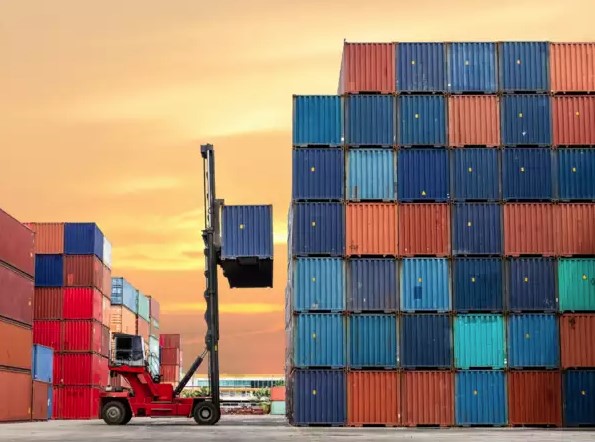What is RCEP and How It Could Benefit India?
The Regional Comprehensive Economic Partnership (RCEP) is the world’s largest trade bloc, and it includes 15 countries from the Asia-Pacific region. This agreement, backed by China, brings together powerful economies such as Japan, Australia, New Zealand, and the ten nations of the Association of Southeast Asian Nations (ASEAN). Despite its size and influence, India chose not to join the RCEP when the deal was finalized in 2019.
India’s decision to stay out of RCEP was based on concerns that the agreement could harm its domestic industries, including farmers, businesses, and workers. Critics of the trade bloc in India argued that the deal would open the door to more imports, which could threaten local manufacturing and put pressure on jobs. The fear was that lower tariffs could lead to an influx of cheaper foreign products, which could hurt local producers.
At the time, India’s government raised concerns about the potential negative impact of such competition. They also feared that farmers and certain businesses might not be able to compete with the large-scale producers in other RCEP countries. Additionally, India was worried that the trade deal might not adequately protect its workers, whose industries could be undermined by cheaper imports from neighboring countries.
India’s Manufacturing and Export Challenges
India’s manufacturing sector plays a crucial role in the country’s economy. Small and medium-sized businesses (SMBs), which make up about 40% of India’s exports, are a major part of this sector. Joining the RCEP could have provided a significant boost to these businesses by offering better access to international markets.
Many businesses in India struggle with high tariffs, which make their products more expensive on the global market. As a result, they often face stiff competition from companies in other countries that benefit from lower trade barriers. If India had joined the RCEP, Indian manufacturers could have had the chance to expand their market reach by gaining access to cheaper raw materials and greater trade opportunities with other countries in the bloc.
RCEP members have a combined population of over 2 billion people, making it an incredibly attractive market for Indian businesses. However, by staying out of the agreement, India lost the opportunity to increase its share of exports, particularly in industries where it has the potential to be competitive, such as textiles, agriculture, and electronics.
India and the “China Plus One” Strategy
In recent years, global companies have been looking for alternatives to China for their manufacturing operations. This shift is part of the “China Plus One” strategy, where companies seek to reduce their dependence on China by setting up factories in other countries. India, with its large labor force and developing infrastructure, could have been a prime candidate to attract these companies.
However, India has struggled to take full advantage of this opportunity. Countries like Vietnam, Indonesia, Malaysia, and even Mexico have seen greater success in attracting these global manufacturing companies. One of the main reasons India has missed out on this opportunity is the high tariffs it imposes on imports. High tariffs make it more expensive for foreign companies to set up operations in India, which deters them from establishing production bases in the country.
Additionally, many of these countries have already signed free trade agreements with other economies, giving them better access to global markets. By not joining trade blocs like RCEP or the Comprehensive and Progressive Agreement for Trans-Pacific Partnership (CPTPP), India has limited its ability to compete in the global market.
These trade agreements help reduce barriers to trade, such as tariffs, making it easier for countries to attract foreign investment and expand their exports. Countries like Vietnam and Indonesia have been able to increase their manufacturing bases by offering lower tariffs and better trade conditions, giving them an edge over India in the competition for global investment.
India’s Export Performance
Despite not being part of RCEP, India’s goods exports have seen some growth. In the first half of 2024 (April-September), India’s exports increased by 1.02%, reaching a total value of $213.22 billion. This growth, though positive, is not as significant as the growth seen in some other countries that are part of larger trade agreements like RCEP or CPTPP.
India’s export sector faces various challenges, including high tariffs, limited market access, and competition from countries with more favorable trade agreements. However, the increase in exports shows that there is still potential for growth, even without being part of the world’s largest trade bloc.
While India has benefited from its participation in global trade, it has also missed out on significant opportunities by staying out of agreements like RCEP. The country’s manufacturing sector, which plays a vital role in its economy, could have seen stronger growth through access to new markets, cheaper materials, and better trade conditions. The missed opportunity to join RCEP could be a lesson in the importance of actively participating in global trade agreements to strengthen national industries and expand economic growth.

